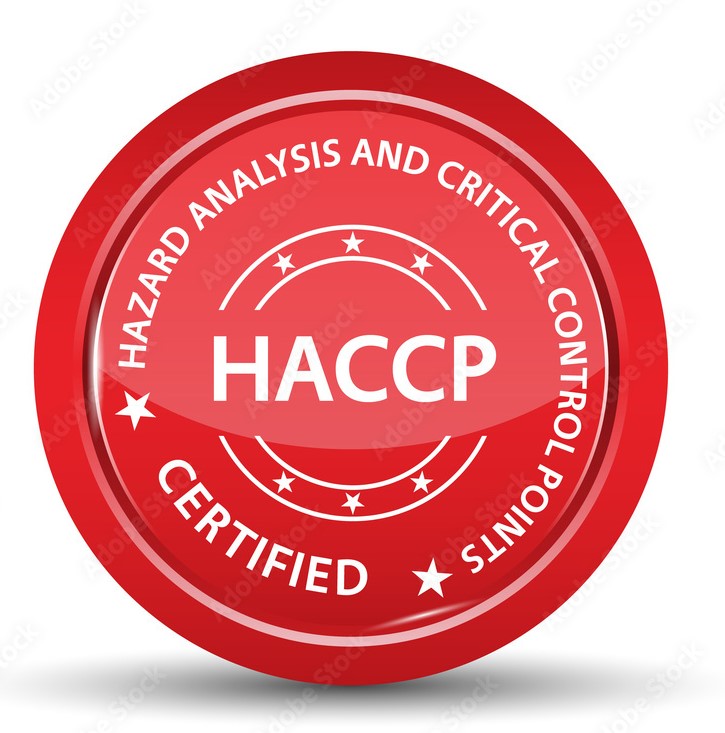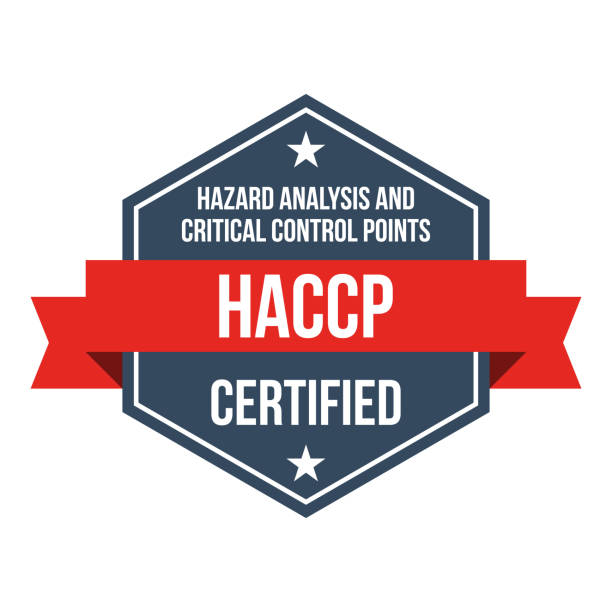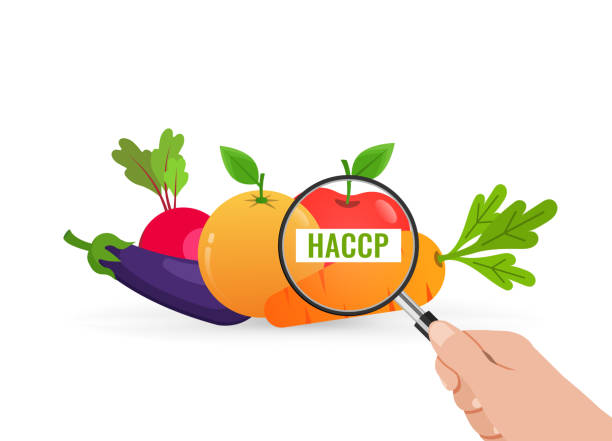HACCP - Hazard Analysis & Critical Control Point
Ensures food safety by identifying and controlling potential hazards throughout the production process.
HACCP is a preventative approach to food safety that focuses on controlling biological, chemical, and physical hazards during food production. Rather than relying solely on end-product testing, HACCP emphasizes monitoring and controlling processes to prevent food safety issues from occurring. It identifies, evaluates, and controls hazards throughout the food production process to ensure that food is safe for consumption. HACCP is widely used in the food industry and is often a legal requirement in many countries.

Key Features of HACCP
Preventative Focus
Identifies and addresses potential hazards before they affect food safety.
Adaptability
Can be customized for any stage of the food supply chain.

Systematic Approach
Applies scientific and logical methods to assess risks and implement controls.
Regulatory Alignment
Meets food safety requirements in many international markets.
The Six Principles of HACCP
It begins with conducting a hazard analysis to pinpoint biological, chemical, or physical risks. Critical Control Points (CCPs) are identified where hazards can be effectively managed, and critical limits are established to define acceptable safety thresholds. Monitoring procedures are implemented to ensure these limits are consistently maintained, and corrective actions are outlined for deviations.







